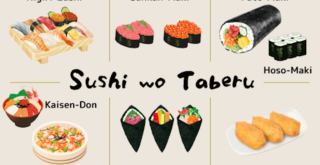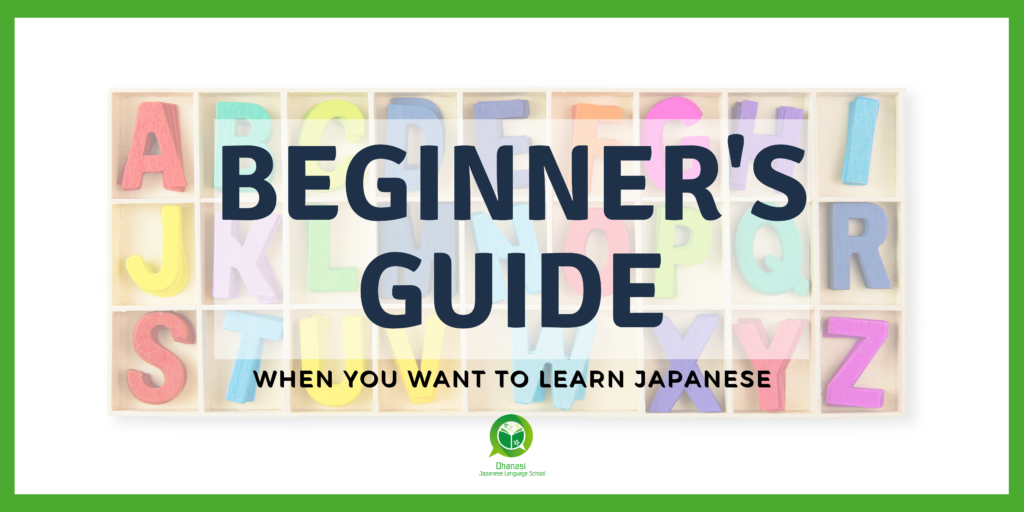
When you want to learn Japanese, the first thing you may encounter is the alphabet. In this article, we will show you how to learn the Japanese alphabet effectively. Starting with the basics of hiragana and katakana, we will explain in detail, including memory techniques and practical application. Read to the end and you will be able to enjoy learning the Japanese alphabet!
What is the Japanese alphabet? Let’s learn the basics of hiragana and katakana! (How to learn alphabet in Japanese)
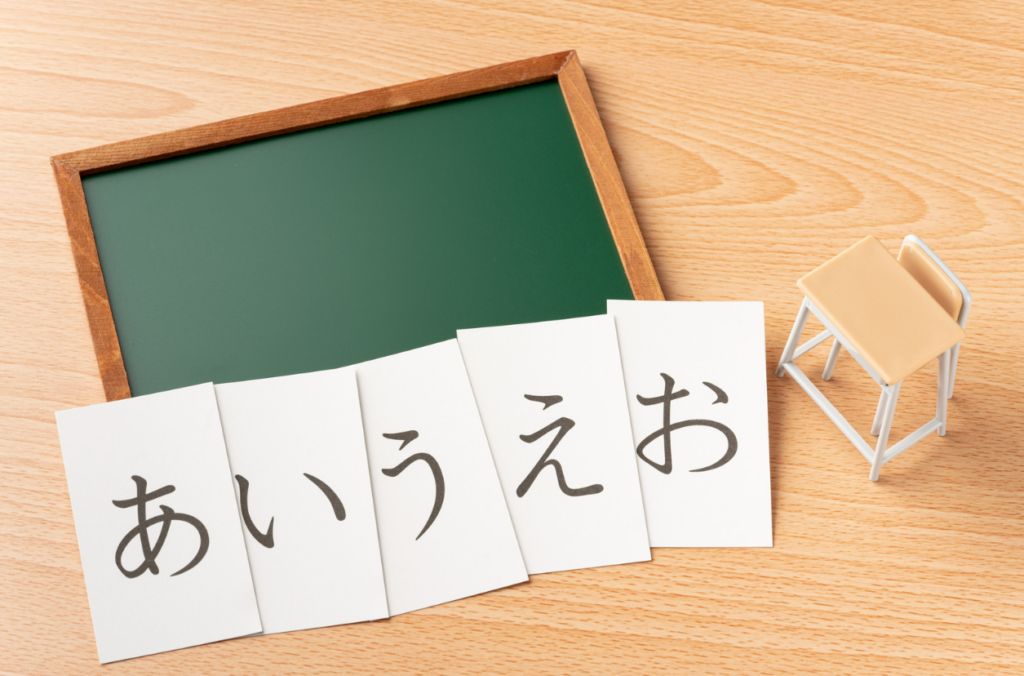
First of all, we will explain the basics of the Japanese alphabet.
The Japanese alphabet includes hiragana and katakana. Both share the fact that they are derived from Kanji characters, but while hiragana is a broken down form of Kanji, katakana is a character made from a part of Kanji.
Characteristically, one sound is fixed to one character. Hiragana and katakana exist as 50 sounds each, corresponding one to one. For example, “a” in hiragana and “a” in katakana have the same sound. Some of the characters have a dotted or circled sound that becomes a muddled or semi-muddled sound.
The difference between hiragana and katakana is that hiragana is the basis of the Japanese language, while katakana is often used for foreign words. In terms of the order of study, hiragana will come first. From here, hiragana and katakana will be explained respectively.
Characteristics and basics of hiragana ( Japanese hiragana and katakana guide)

Let us explain the characteristics and basics of hiragana.
Hiragana is one of the characters used to write the Japanese language. Originally, men such as aristocrats and priests used katakana to write kanji in shorthand, but in the Heian period (794-1185), women and the general public began to write characters as well, and simple characters were needed. Therefore, hiragana developed from a broken form of kanji.
Today, hiragana is mainly used in elementary school education and in books for children, and is also utilized along with kanji in daily life.
As for the writing style, when writing with a brush, it is expressed in three movements: dots, horizontally, and vertically. However, with the spread of keyboard input, there is a trend where the correct stroke order, stop (tome), upward brushstroke (hane), and sweeping (harai) are becoming less important.
Features and basics of katakana (Japanese hiragana and katakana guide)
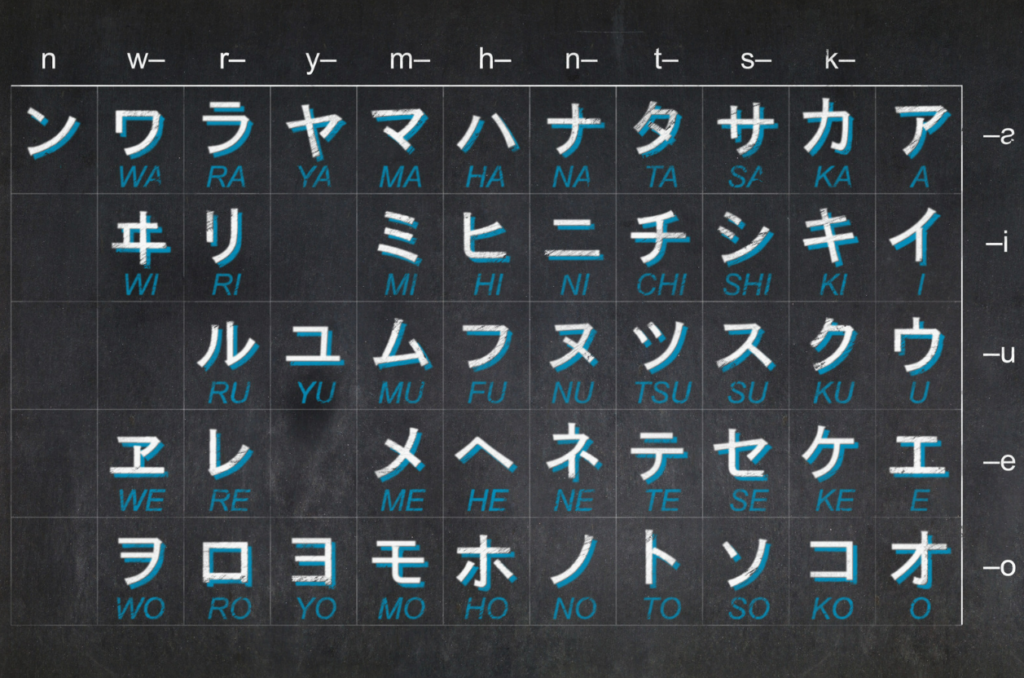
On the other hand, what are the characteristics and basics of katakana?
Katakana has its origins in an ancient Japanese writing system called Manyogana. In the Middle Ages, a mixed writing system of kanji and kana became the mainstream, and a system similar to the modern one was established in the Meiji era.
Katakana is mainly used to write foreign words, technical terms in science and technology, and product names. It is also sometimes used to express words without kanji characters to enhance readability.
All writing styles consist of straight lines and angular curves, and like hiragana, the order and direction of lines is important. However, the writing area is narrower than that of hiragana, and the characters are thinner toward the tips.
How to learn the Japanese alphabet: effective practice methods (Japanese writing system basics)

How can we effectively practice the Japanese alphabet? Here are some effective ways to learn hiragana and katakana.
– How to Practice Hiragana and Katakana
– Mnemonic techniques for learning the Japanese alphabet effectively
We will explain each of them in detail.
How to practice hiragana and katakana
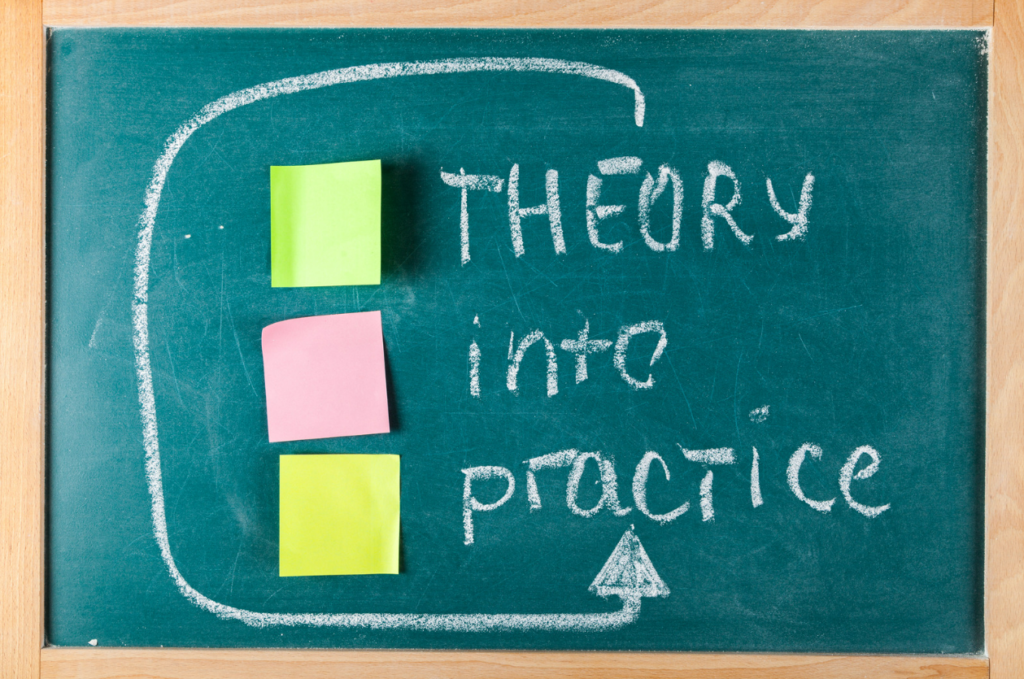
First, here are some effective ways to practice hiragana and katakana.
– Use of practice sheets
By using hiragana and katakana practice sheets, you can learn how to write them correctly. The practice sheets can also be used for writing and reading practice, so you can broaden the scope of your practice.
– Use of Online Resources
Online resources can help you practice more efficiently. For example, by using websites and apps for learners of Japanese, you can practice using audio and example sentences.
– The importance of repeated practice
Hiragana and Katakana practice requires, above all, repetition. By writing and reading the same characters over and over again, you will be able to remember them accurately. It is also important to divide your practice into intervals so that you can increase the amount of practice.
By practicing hiragana and katakana with the above perspectives in mind, you will learn how to write and read them accurately.
How to memorize Japanese alphabets effectively (how to memorize Japanese alphabets)

Here are some memory techniques to help you memorize hiragana and katakana effectively and enjoyably!
– Storytelling method
By creating a story and having hiragana and katakana appear in the story, you can easily remember them. For example, by creating a story in which a “red rose” appears, you can memorize hiragana “a”, “ka”, and “i”, and katakana “ba” and “la”.
– Associative Memory Method
For hiragana and katakana, keywords that match the image of each word are set to make them easier to remember. For example, “a” is the color “aoi”, “so” is the drink “soda”, and so on.
– The importance of periodic review
Even if you think you have memorized a word, you may forget it over time. In particular, alphabets that are not used very often are rapidly forgotten. Therefore, it is important to review hiragana and katakana regularly to make them stick. For example, reviewing them for 10 minutes every day will help you remember them better in the long run.
By being aware of the storytelling method, the association memory method, and the importance of regular review as described above, you can learn hiragana and katakana in a fun and effective way!
Practice: Deepen your learning with activities using the Japanese alphabet! (top Japanese language websites)

From here, let’s work on more practical learning! Here are some practical activities using Japanese alphabets.
– Let’s read Japanese sentences
– Let’s write your own Japanese sentences!
We will explain how to enjoy and deepen your learning through reading and writing.
Let’s read a Japanese sentence

First, let’s actually read some Japanese sentences. For reading short sentences, we recommend simple Japanese books, Japanese websites, and Japanese social networking posts.
– For simple Japanese books, there are picture books and learning materials for children. They use basic grammar and vocabulary and are rich in pictures and illustrations.
– You can read news and blogs on Japanese websites. Some sites are geared toward beginners, and you can improve your reading skills through short articles.
– In Japanese social networking sites, you can read Japanese on Twitter and Instagram. You can learn real and colloquial expressions from users’ posts and comments.
Combined, these methods allow you to learn hiragana and katakana in a practical way. Build your foundation with simple Japanese books and deepen your learning through actual content on websites and social networking sites. By choosing topics that interest you, you will be more motivated to learn.
Try writing your own Japanese sentences

Finally, try writing your own Japanese sentences! You can learn how to use hiragana and katakana practically by writing your own Japanese sentences, such as self-introductions, daily conversations, hobbies and interests, and so on.
In self-introductory sentences, you will express your name, hometown, hobbies, etc. in concrete terms. 「こんにちは、私はXXと申します。日本出身で、音楽や旅行が好きです」(Hello, my name is XX. I am from Japan and I like music and traveling.)
In everyday conversation, imagine a conversation or scene with a friend and express what you want to say in a sentence. Write greetings, expressions of appreciation, questions and opinions. 「おはよう!今日は予定がある?」(Good morning! Do you have plans today?) or 「昨日の映画、面白かった!」(I enjoyed the movie last night!) We recommend using apps such as Twitter, Instagram, HelloTalk, etc.
If you are writing about your hobbies and interests, write about what you like and are interested in. Try using specific expressions such as, 「最近は料理に興味があり、新しいレシピに挑戦しています」(Lately I’ve been interested in cooking and have been trying out new recipes. ) You may get a reaction from someone!
Through this kind of practice, you may actually want to talk to Japanese speakers! Ohanasi Kagawa hosts free online language exchange events on weekends. English and Japanese learners are paired one-on-one and switch the language they speak every 15 minutes. If you are at all interested, please check out the details!
In this article, we have explained in detail the basics of hiragana and katakana, the Japanese alphabet, as well as effective learning methods and practical activities. Use these methods to have fun learning the Japanese alphabet!
【For Japanese Learners】 Limited to 10 people Free Consultation & Japanese Lesson

We are organizing a free Japanese language consultation & free Japanese lesson for Japanese learners.
- “Even though I’m studying Japanese, I can’t speak it.”
- “I don’t know how to study Japanese.”
- “I’m worried that I can’t see any progress.”
Our Japanese Language Learning Counselors would be happy to listen to the concerns of such beginner- or intermediate-level Japanese language learners and advise them on how to learn Japanese and solutions that suit their needs.
※Due to the limited time of our Japanese Language Counselors, we limit the number of participants to 10.
We at Ohanasi Kagawa are currently hosting an online Japanese-English language exchange event on weekends.
However, we have noticed that there are many people who want to participate but are not confident enough in their Japanese to do so.
We are holding this free Japanese language study consultation in the hope that we can help Japanese learners find hints to help them move forward.
You can book through the calendar below, and we will send you a link for the free counseling by e-mail.
If you’d like to take a Japanese lesson, you can take it for free during this time.



